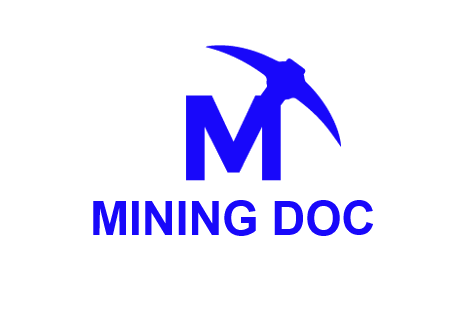Room and pillar mining is a widely used underground mining method characterized by the extraction of ore in a series of “rooms” while leaving “pillars” of material to support the overhead rock.
Tabular, flat dipping ore deposits in competent rock are usually mined by room and pillar stoping methods. If the ore zone is continuous over long distances, a regular pattern of support pillars can be laid out to yield maximum recovery of the ore and at the same time provide sufficient support for the hanging wall or roof.
If the ore zones are erratic, random support pillars can be left in areas of waste or low-grade material. The principal advantage of room and pillar stoping is that it is readily adaptable to mechanised mining equipment, which results in high productivity at relatively low cost per ton of material extracted.
For large ore bodies, a large number of working places can be easily developed so that high daily rates of production can be counted upon. Most of the mine development work is in ore so waste extraction is kept to a minimum.
The main disadvantage of room and pillar mining is that a large area of roof is continuously exposed where work activities or movement of men and supplies are carried out.
Consequently, roof soundness is a primary concern for the safety of personnel and ground support is generally a major concern, especially in rooms with high backs. Also, recirculation of ventilating air can be difficult to minimise in room and pillar mine
Advantages and Disadvantages
Advantages
- Reduced Surface Subsidence: Compared to other methods, room and pillar mining poses a lower risk of surface collapse.
- Mechanization: The method can be mechanized, making it relatively simple and efficient for extracting ore.
- Flexibility: The design allows for adjustments based on market conditions, enabling quick responses to changes in commodity prices
Drawbacks
- Recovery Rates: The method often leaves a significant portion of ore behind in the form of pillars, leading to lower recovery rates (sometimes as low as 40%).
- Safety Risks: Abandoned mines pose hazards due to potential collapses, which can affect both wildlife and infrastructure above ground.
- Economic Viability: As mining technology advances, room and pillar mining may struggle to compete with more mechanized methods that offer higher recovery rates and efficiency.
To conclude, room and pillar mining remains a significant method in the mining industry, particularly for specific types of deposits, despite its limitations in recovery and safety concerns.






